Unicorn Frappuccinos? Mermaid toast? Blue lagoon smoothies? Mystical named foods enhanced with natural colors is a current food trend that is taking over many people’s Instagram newsfeeds. The magical ingredient that’s causing all the craze? “Blue” spirulina.
So how does blue spirulina differ from traditional spirulina? Blue spirulina is derived from a blue-green algae, Arthrospira platensis; this algae is more commonly known as spirulina. So where does the blue color come from? The word phycocyanin comes from the Greek phyco (algae), and cyanin (blue-green). Phycocyanin is a pigment that gives spirulina (which is a deep green) a slightly bluish hue. To make blue spirulina, the water soluble antioxidant phycocyanin is extracted from the spirulina and then sold as a blue powder. Phycocyanin is only found in spirulina and some other species of blue-green algae and is one of the key differences between spirulina and other green foods like chlorella, wheat grass and barley. But besides just providing a beautiful blue color, phycocyanin is a powerful antioxidant.
While phycocyanin is a powerful antioxidant that provides many benefits, it’s the singular nutrient found in blue spirulina. Traditional spirulina, like TaraMidori Spirulina® from Nutrex TaraMidori contains high levels of phycocyanin, plus a variety of other essential nutrients. One 3 gram serving of TaraMidori Spirulina provides 2 grams of protein and is a great source of vitamins A, K1 & K2, B12, iron, and manganese. It also contains powerful antioxidants (1, 2) and phytonutrients such as carotenoids, GLA, and superoxide dismutase (SOD).
It’s widely known that nutrients are absorbed best when combined synergistically together (e.g. eating an orange vs. taking a vitamin c supplement) and the same rule applies when it comes to spirulina. By consuming spirulina as a whole, all the nutrients can work together to give your body benefits such as supporting brain health(3) , boosting your energy and immune system(4, 5, 6, 7,8) , supporting cellular health, and cardiovascular health.*
So when consumers ask us why Nutrex TaraMidori doesn’t make blue spirulina or what the difference is between TaraMidori Spirulina and blue spirulina, we confidently explain that we believe that the combination of all the natural occurring nutrients in spirulina work better together rather than singling out one specific nutrient like phycocyanin to get a blue powder. This philosophy ensures that we continue to bring you some of the highest quality and beneficial spirulina on earth.
*These statements have not been evaluated by the Food and Drug Administration. This product is not intended to diagnose, treat, cure, or prevent any disease.
References
1. Center for Disease Control and Prevention (2010). “Leading Causes of Death.” Centers for Disease Control and Prevention. Retrieved from http://www.cdc.gov/nchs/fastats/leadingcauses-of-death.htm
2. Hayakawa, Y., Hayashi, T., Hayashi, K., Ozawa, T., Niiva, K., Sakuragawa, N. (Jul. 1996). “Heparin cofactor II-dependent antithrombin activity of calcium spirulan.” Blood Coagul Fibrinolysis, 7(5):554-60.
3. Hayakawa, Y., Hayashi, T., Hayashi, K., Ozawa, T., Niiva, K., Sakuragawa, N. (Mar. 1, 1997). “Calcium spirulina as an inducer of tissue-type plasminogen activator in human fetal lung fibroblasts.” Biochim Biophys Acta., 355(3):241-7.
4. Kaji, T., Fujiwara, Y., Hamada, C., Yamamoto, C., Shimada S., Lee JB., Hayashi, T. (Jun. 2002). “Inhibition of cultured bovine aortic endothelial cell proliferation by sodium spirulina, a new sulfated polysaccharide isolated from Spirulina platensis.” Planta Med., 68(6):505-9.
5. Kaji, T., Okabe, M., Shimada, S., Yamamoto, C., Fujiwara, Y., Lee, JB., Hayashi, T. (Mar. 26, 2004). “Sodium spirulan as a potent inhibitor of arterial smooth muscle cell proliferation in vitro.” Life Sci., 74(19):2431-9.
6. Huang, ZX., Mei, XT., Xu, DH., Xu, SB., Lv, JY. (Feb. 2005). “Protective effects of polysaccharide of Spirulina platensis and Sargassum thunbeergii on vascular of alloxan induced diabetic rats.” Zhongguo Zhong Yao Za Zhi, 30(3):211-5.
7. Sato, T., Yamamoto, C., Fujiwara, Y., Kaji, T. (May 2008). “Biological activities of exogenous polysaccharides via controlling endogenous proteoglycan metabolism in vascular endothelial cells.” Yakugaku Zasshi, 128(5):717-23.
8. Majdoub, H., Ben Mansour, M., Chaubet, F., Roudesli, MS., Maaroufi, RM. (Oct 2009). “Anticoagulant activity of a sulfated polysaccharide from the green alga Arthrospira platensis.” Biochim Biophys Acta, 1790(10):1377-81.
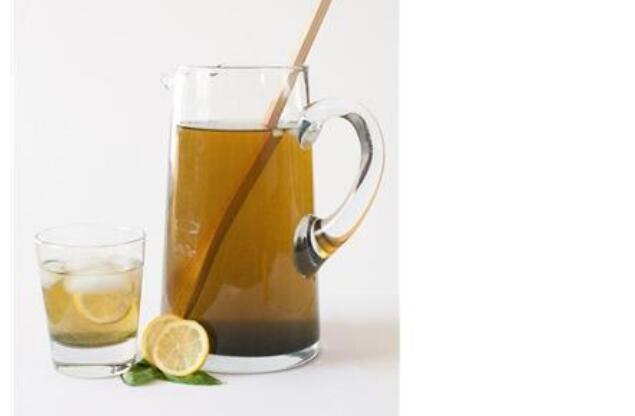 iced spirulina peppermint tea
iced spirulina peppermint teaThis light tea is refreshing on a hot day and provides a nice energy boost. Yield: Makes approximately ½ gallon of tea...
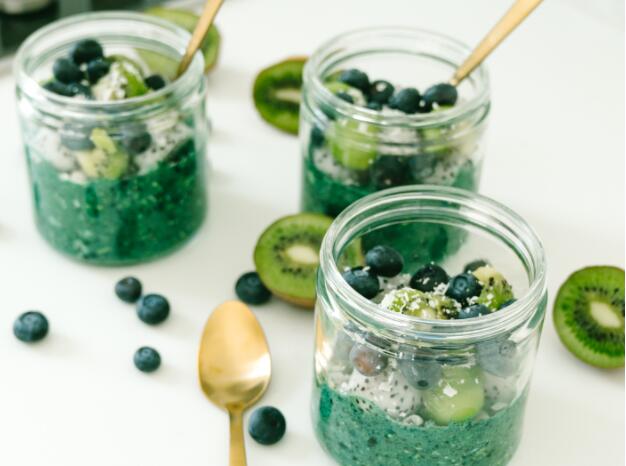 How to eat spirulina? Correct eating
How to eat spirulina? Correct eatingHow to eat spirulina? It has the effects of reducing the side effects of cancer radiotherapy and chemotherapy, improving immune function and lowering blood lipids. For people who are mildly obese: eat 3 grams of spirulina powder or 2 spirulina tablets 1 hour before meals every day, 3 times a day, while controlling the diet and maintaining proper aerobic exercise. Generally, the weight ca...
 SPIRULINA STEW
SPIRULINA STEWup all-purpose flour 1/2 teaspoon salt 1/2 teaspoon ground black pepper 1 clove garlic, minced 1 bay leaf 1 teaspoon paprika 1 teaspoon Worcestershire sauce 1 onion, chopped 1 1/2 cups beef broth...
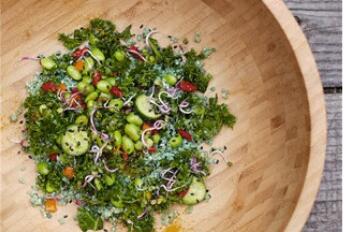 The spirulina glow bowl
The spirulina glow bowlDirections: Place the millet and water in a small saucepan over high heat. Bring to a boil, reduce heat to a low simmer, and cover. Cook for 15 minutes, or until all the water is evaporated and the millet is tender and fluffy. Remove from heat and transfer to a mixing bowl. Add the spirulina, and toss until millet is evenly coated. Add the olive oil, tamari, and hemp seeds, and mix to combine. ...
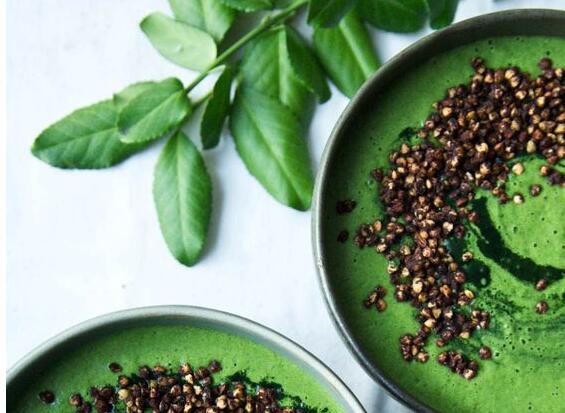 Spirulina weight loss Constipation can eat spirulina?
Spirulina weight loss Constipation can eat spirulina?Spirulina weight loss Constipation can eat spirulina?...
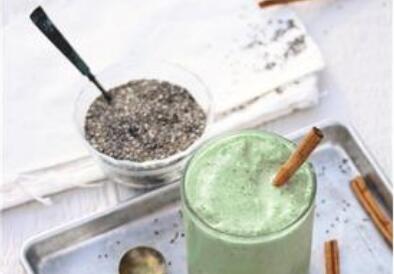 chai smoothie with spirulina
chai smoothie with spirulinaA good chai is composed of an orchestra of warming spices, which contrast so nicely with the coolness of a creamy smoothie. You can add extra ice to this blend and eat it with a spoon like ice cream. Makes 2, 16oz servings. Ingredients:...
Sign up to receive exclusive promotions and health recipes via email.

